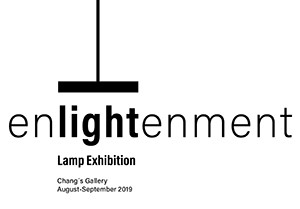August 29, 2019
Interior architecture & product design students exhibit 'Enlightenment'

The College of Architecture, Planning & Design's interior architecture & product design department presents "Enlightenment" in the Chang Gallery at Seaton Hall. The exhibit is currently open and will run 8 a.m. to 5 p.m. weekdays through Sept. 13. The exhibit is free and open to the public.
The exhibit features work from interior architecture & product design students who were challenged in spring 2019 semester to create various forms of lighting during the Metamorphosis and Lighting Design class taught by assistant professor Mekin Elcioglu and instructor Hernan Gregorio.
Students were tasked to design and produce a lighting product following a concept derived from a biomimicry — the imitation of natural biological processes in engineering or invention — or biomimetic — the study of the formation, structure, or function of biologically produced substances and materials and biological mechanisms especially for the purpose of synthesizing similar products by artificial mechanisms that mimic natural ones — concept inspired by nature. Infinitum is sized for use as either a pendant light over a kitchen island, or a chandelier over a standard-sized dining room table. Each piece fills both a sculptural role, as well as a source of illumination.
The project is composed of four main steps: Research; Concept Development: Morphologic Analysis and Metamorphosis; Design; and Communication.
The Research phase consists of an analysis of basic product design aspects like the form, function, interface, context, work environment and users' need.
The Morphological Analysis phase includes but is not limited to investigating different forms and patterns in the precedent chosen; whether it be an insect, animal or any example from nature and transform these features to the lighting design.
The third phase is the design, the students were to create a project brief using the requirements outlined in their research. Develop an innovative concept with clear values, goals and objectives. They were asked to explore the different forms, interactions, materials and finishes, colors, various functions and use.
For the design development phase, students created full-scale mockups of the product to test the functionality, concept representation and morphological development.
The final step was to develop effective communication. Students were required to deliver compelling presentations; both visually and verbally. Use of sketches, drawings, digital and analog renders to show the designs in the real context.
